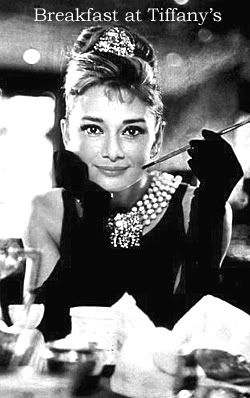Another Eastwood Oscar?The reviews are in for the new Clint Eastwood vehicle, "Flags of Our Fathers," and it looks like Dirty Harry can begin writing yet another Academy Award acceptance speech.
Today,
Variety reviews "Flags" -- and drools all over it.
Ambitiously tackling his biggest canvas to date, Clint Eastwood continues to defy and triumph over the customary expectations for a film career in "Flags of Our Fathers." A pointed exploration of heroism -- in its actual and in its trumped-up, officially useful forms -- the picture welds a powerful account of the battle of Iwo Jima, the bloodiest single engagement the United States fought in World War II, with an ironic and ultimately sad look at its aftermath for three key survivors. This domestic Paramount release looks to parlay critical acclaim and its director's ever-increasing eminence into strong B.O. returns through the autumn and probably beyond. ...The visual scheme Eastwood developed for the picture is immediately arresting. Perhaps taking a cue from the island's black sand, as well as from WWII's status as the last war shot, from a filmic p.o.v., in black-and-white, pic is nearly as monochromatic as anything shot in color can be. Dominated by blacks, grays and olive greens, cinematographer Tom Stern's images have a grave elegance, a drained quality that places the events cleanly in history without diminishing their startling immediacy.On the fifth day of fighting, some Americans reach the summit where a great deal of the Japanese firepower is concentrated, and six Marines plant a small stars-and-stripes. Shortly after, a larger flag is sent up and, in an event only shown in the film considerably later, six different men, Bradley, Gagnon and Hayes among them, responding to a photographer's half-joking question of, "O.K., guys, who wants to be famous?," put their muscle behind pushing up the new flag held in place by a heavy length of pipe. ...The film's themes are so thoroughly embodied in the drama as it's told that there is no need for explicit statement of them, which makes the final bit of narration about the nation's need for heroes seem unnecessary. Another minor flaw is a Hollywood backlot look to a couple of Chicago street scenes.Otherwise, "Flags of Our Fathers" is exemplary in its physical aspects. Combination of exteriors shot on the black beaches of Iceland with CGI work conveys a vivid and comprehensive feel of the godawfulness of Iwo Jima.We don't see a lot of motion pictures in the theater, because, well, we don't like being around that many people at once. Hell, we don't like being around any people at once.
But considering the subject matter and the director, we'll have to make an exception. How much are movie tickets nowadays? Four bucks or something? And I've heard a large popcorn costs $2! We'll manage somehow ... maybe the midnight viewing.
Polish up Oscar, here comes Clint. Again.
P.S. To read BaT's tribute to Joe Rosenthal, photographer of the famous Iwo Jima flag-raising picture, as well as the men in it, click
here.
